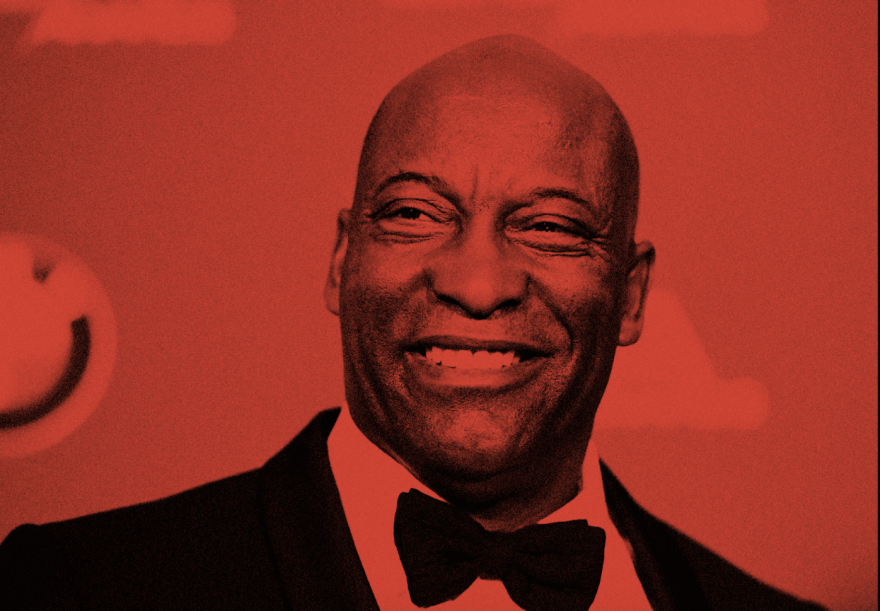Truth matters. Community matters. Your support makes both possible. LAist is one of the few places where news remains independent and free from political and corporate influence. Stand up for truth and for LAist. Make your year-end tax-deductible gift now.
Carrying John Singleton’s Legacy Of Casting Unknowns

You know the Los Angeles fantasy: Maybe you’re walking down the street or through a mall and a casting director sees you. They chase you down and give you a business card, because something about you just screams “movie star.”
Well, casting director Kim Taylor Coleman has a story straight out of a dream.
“I literally ran through the mall and I said, ‘I'm not crazy. I'm not a crazy woman, but are you an actor?’” Coleman was trying to track down someone to play Bob Marley in a biopic when suddenly, going down the escalator in the Beverly Center, she saw the face she was looking for.
But of course, life isn’t always like the movies. That particular film didn’t end up getting made — Coleman says the financing fell through —despite the actor she found giving a great audition.
That doesn’t mean casting a fresh face is impossible. For some casting directors and filmmakers, breaking out new talent is a priority.

Casting director Kimberly Hardin was a longtime collaborator of the late, great filmmaker John Singleton. Singleton was the youngest and first Black filmmaker to be nominated for Best Director at the Academy Awards — bursting onto the scene with his debut feature, Boyz in the Hood (1991).
Finding fresh faces and giving new actors opportunities were a huge part of what mattered to Singleton. Hardin says,“The thing that I always loved about working with John, is that John was the type of artist that loved breaking out new talent.”
Fresh faces
Hardin describes “fresh faces” as ranging from “someone who’s never done anything to someone who just hasn’t had the opportunity to play a lead.” She remembers casting the 2001 film Baby Boy, starring then relatively unknown actors Tyrese Gibson and Taraji P. Henson. Screen tests were a crucial part of the process, and Henson made Gibson react in a way that elevated both of their performances.

The smallest choices an actor makes can lead to major onscreen chemistry. Hardin held onto that screen test on a VHS tape for 20 years, and it’s now digitized and screened in the Academy Museum’s Performance Gallery.
In the years following Baby Boy, Henson has become a TV and screen legend. She was nominated for an Oscar for her role in The Curious Case of Benjamin Button and turned the character of Cookie Lyon into a force of nature during the run of the TV drama Empire. Tyrese Gibson became an action hero, shooting to stardom in the Fast & Furious franchise.
When asked about her role in breaking in these artists, Hardin says, “I don’t really think about my life like that. I’m proud to make a difference in people’s lives … you are in front of the camera. Let me make you shine.”

Singleton’s legacy
John Singleton once described himself as wanting to be “a godfather to a new generation of filmmakers,” and through his collaborations with Hardin, the two of them were able to hold doors open for new faces. Academy Museum director, president, and podcast host Jacqueline Stewart also interviewed Singleton for a joint oral history by the Motion Picture and Television Academies in 2016. In that conversation, he speaks with pride about shooting his Oscar-nominated debut feature on location in South Central L.A. with a predominantly Black cast and crew. You can find the full interview here.
Listen to the episode
How do I find The Academy Museum Podcast?
It's now available from LAist Studios — check it out wherever you get your podcasts. You can also listen to episode 5, featuring casting directors Kim Taylor Coleman and Kimberly Hardin in the player above.







